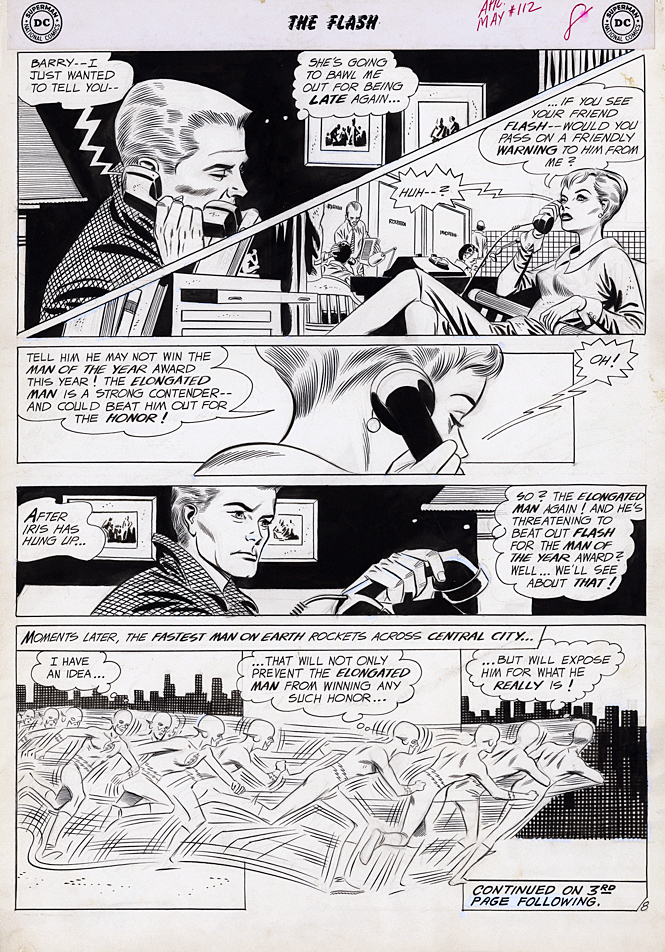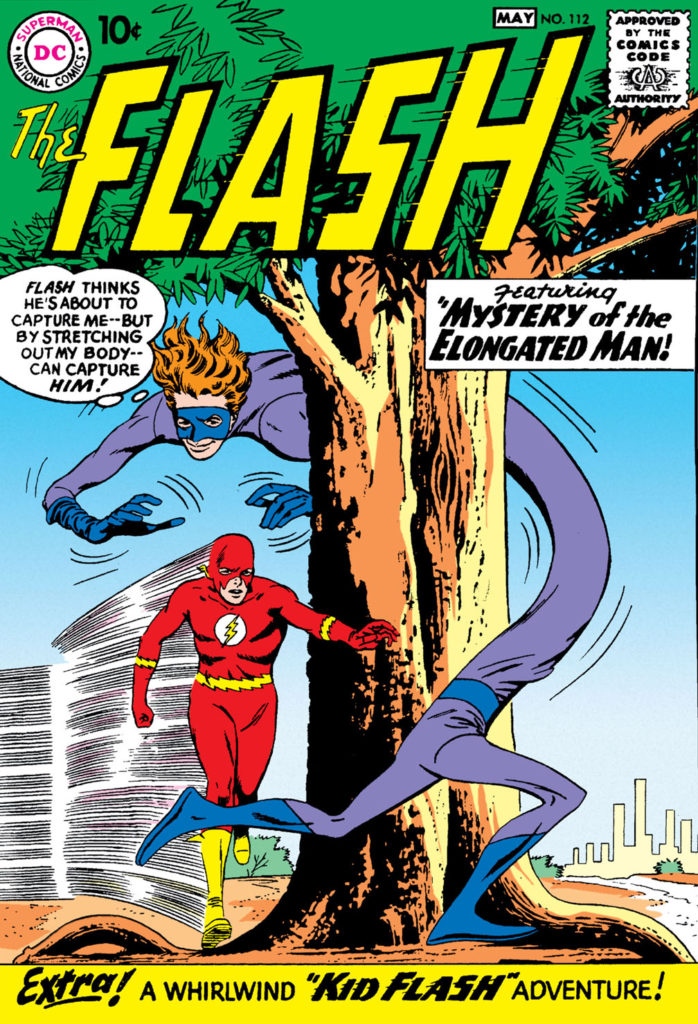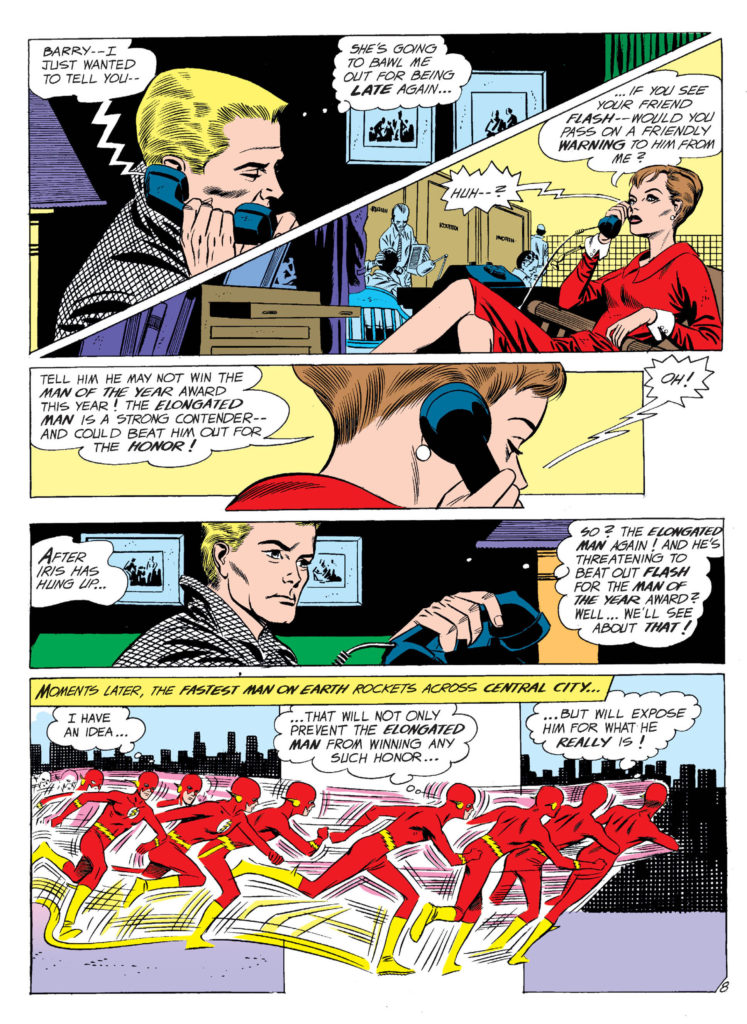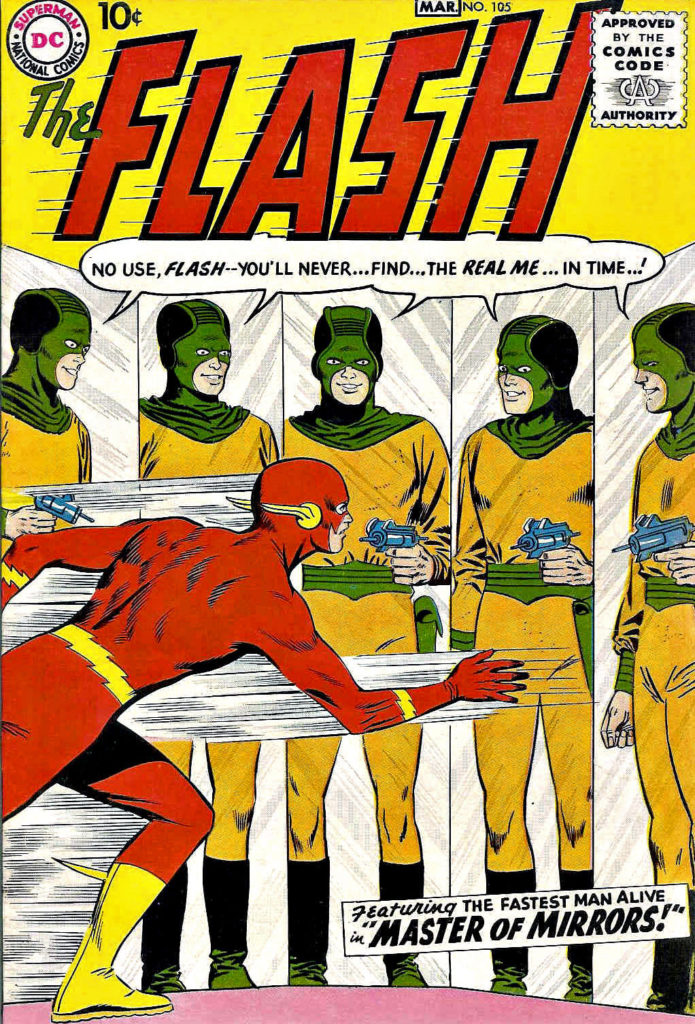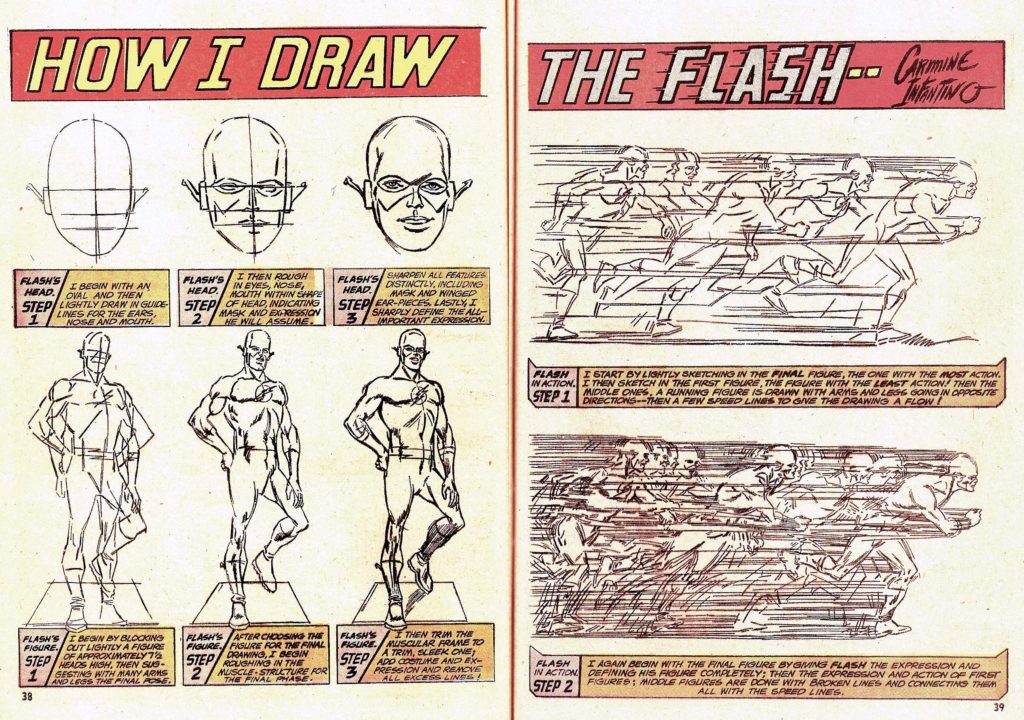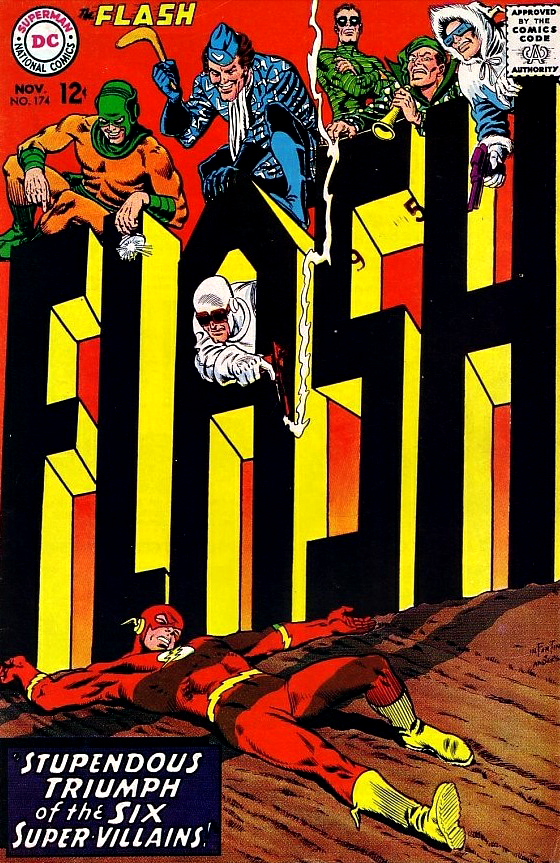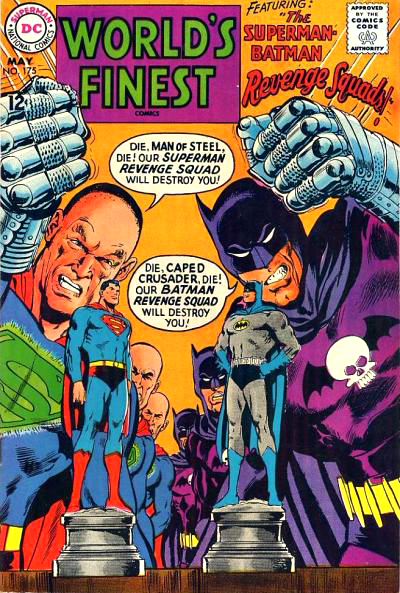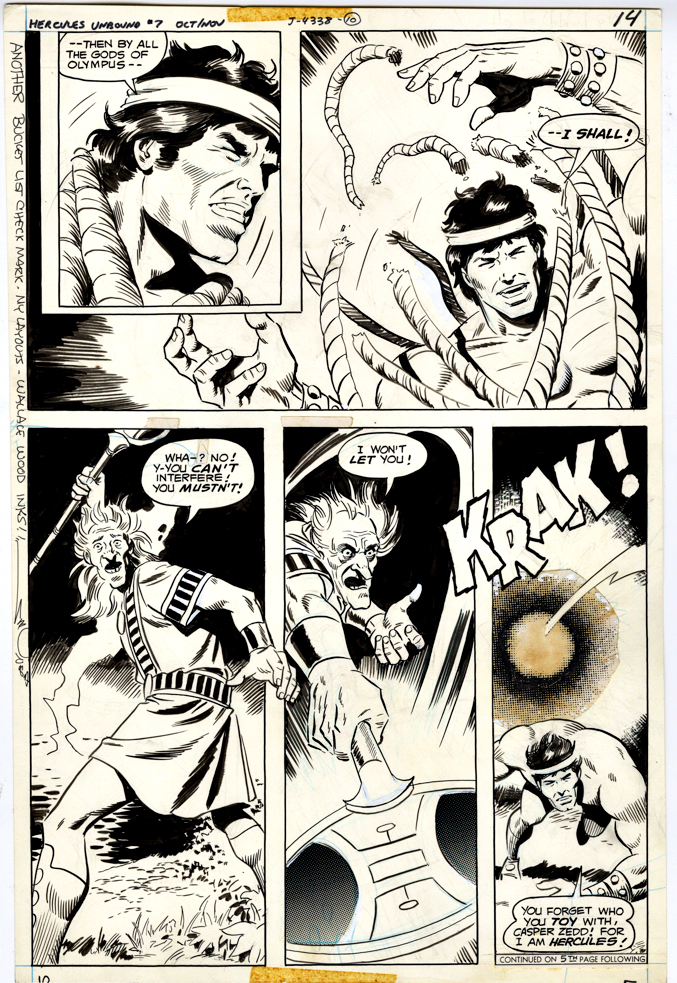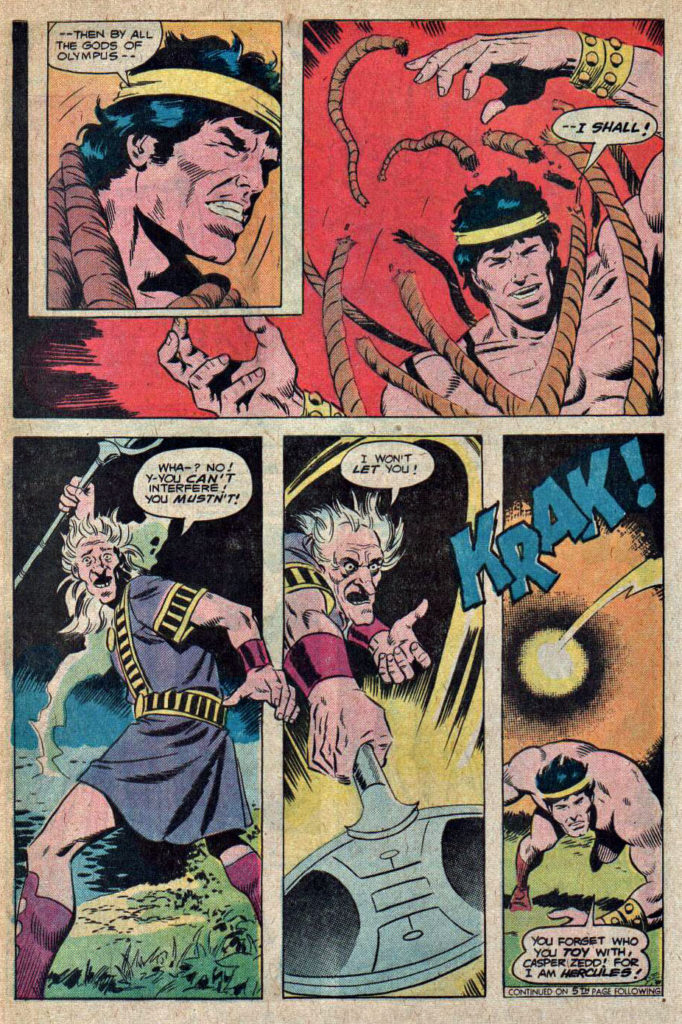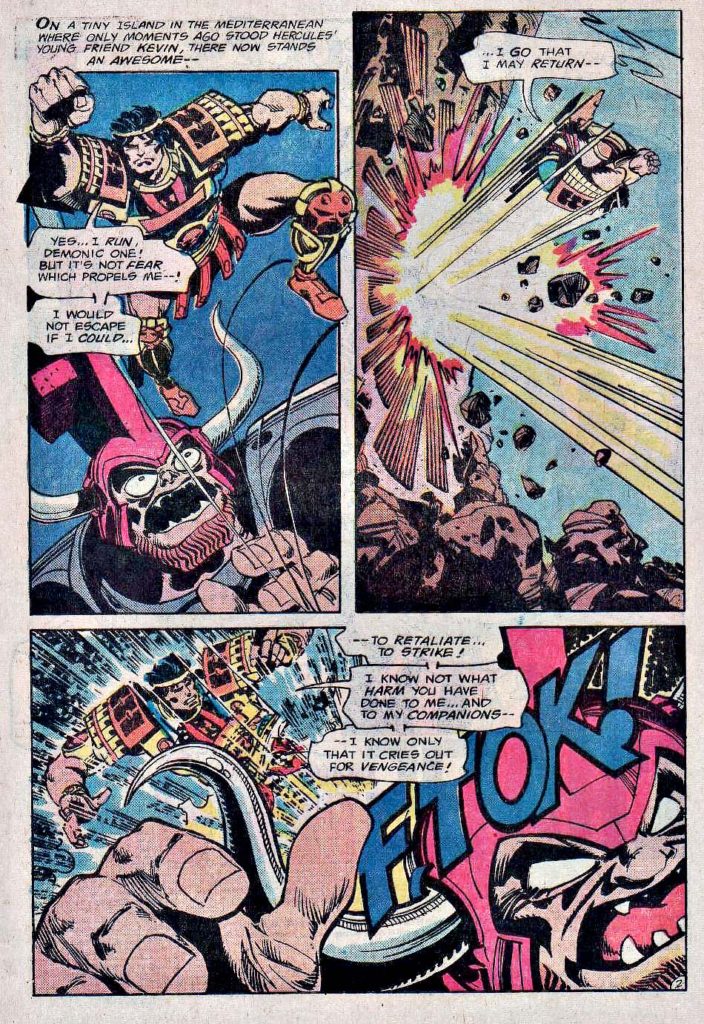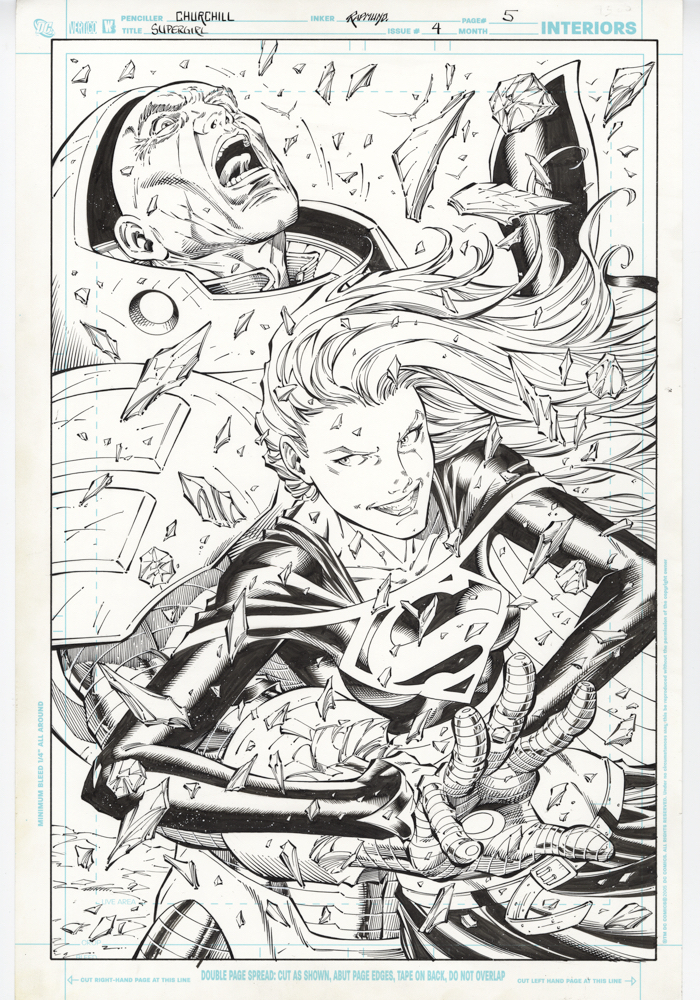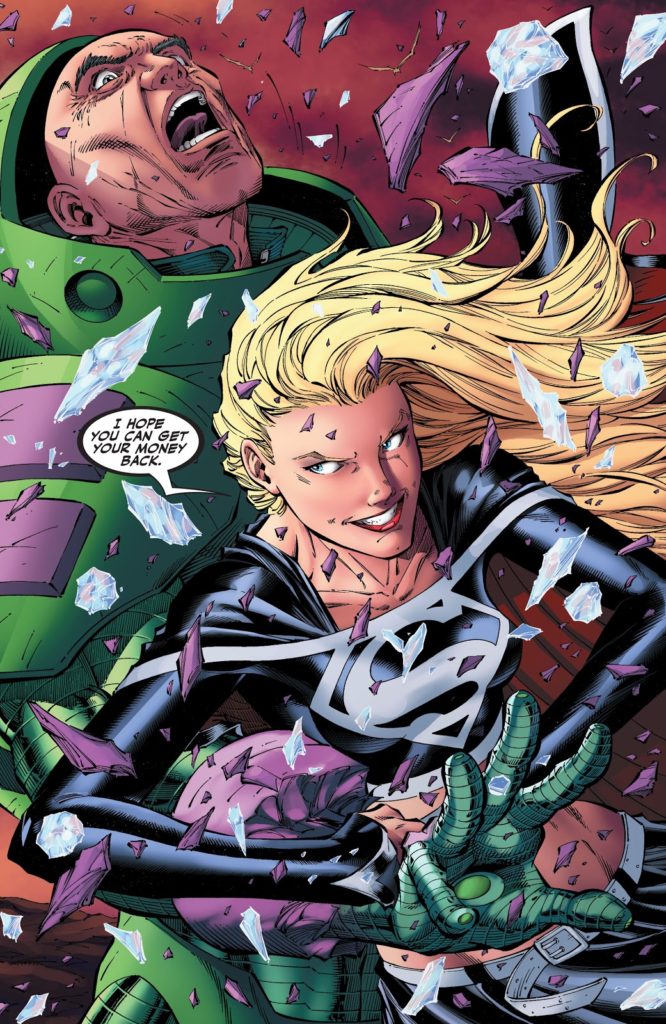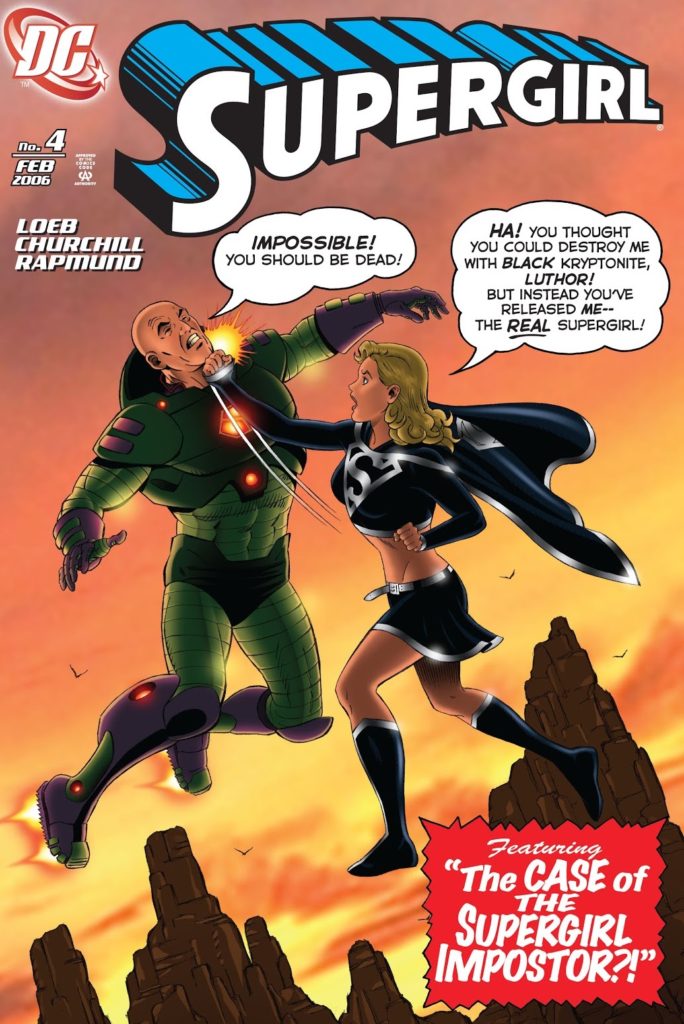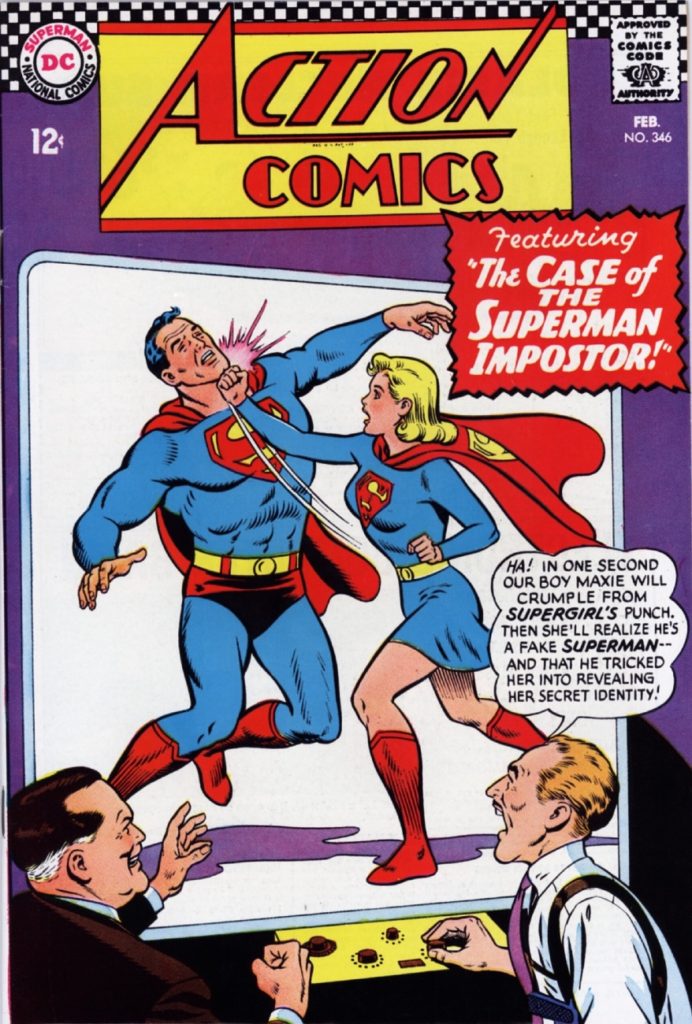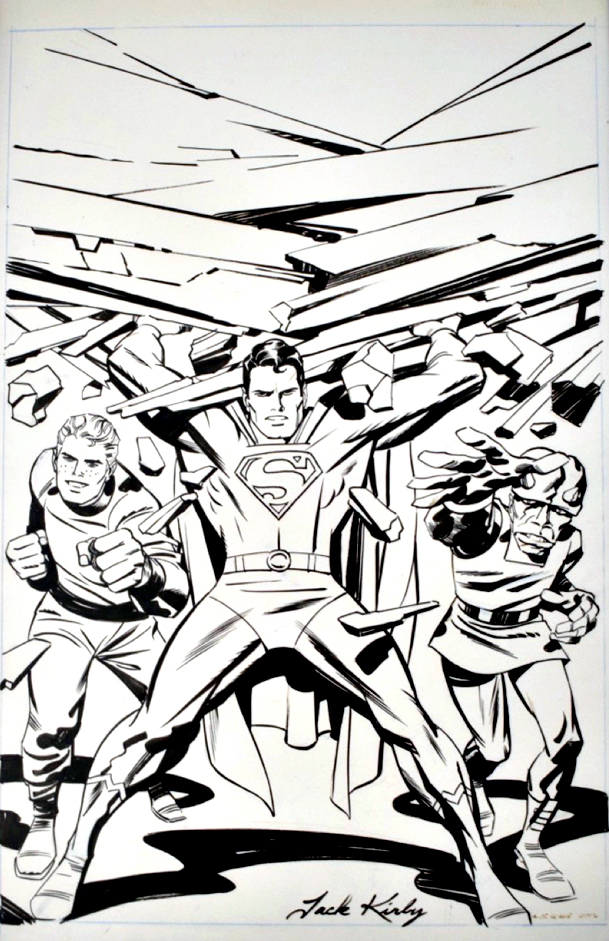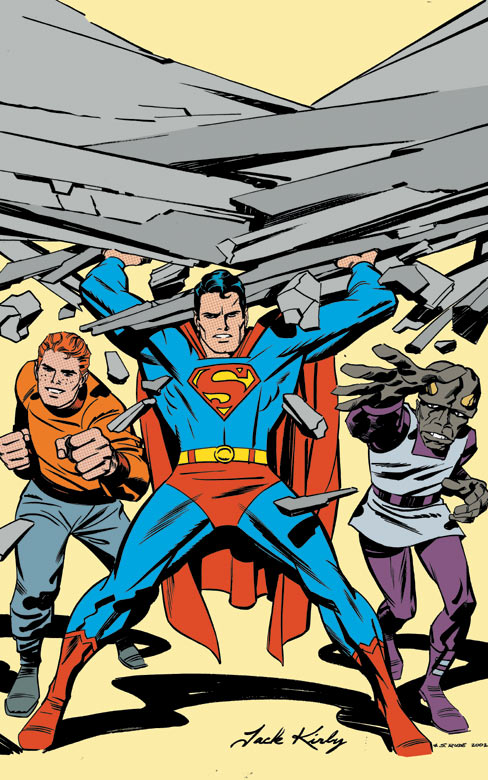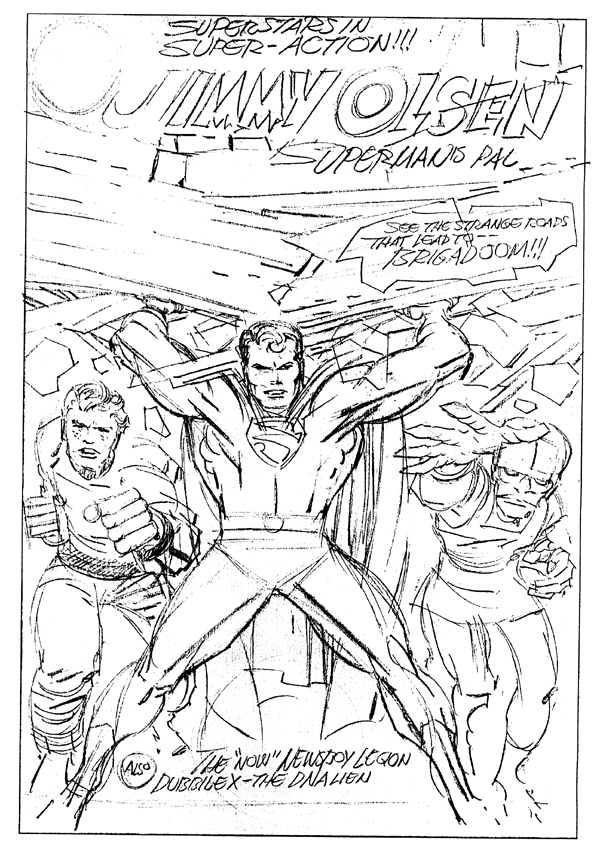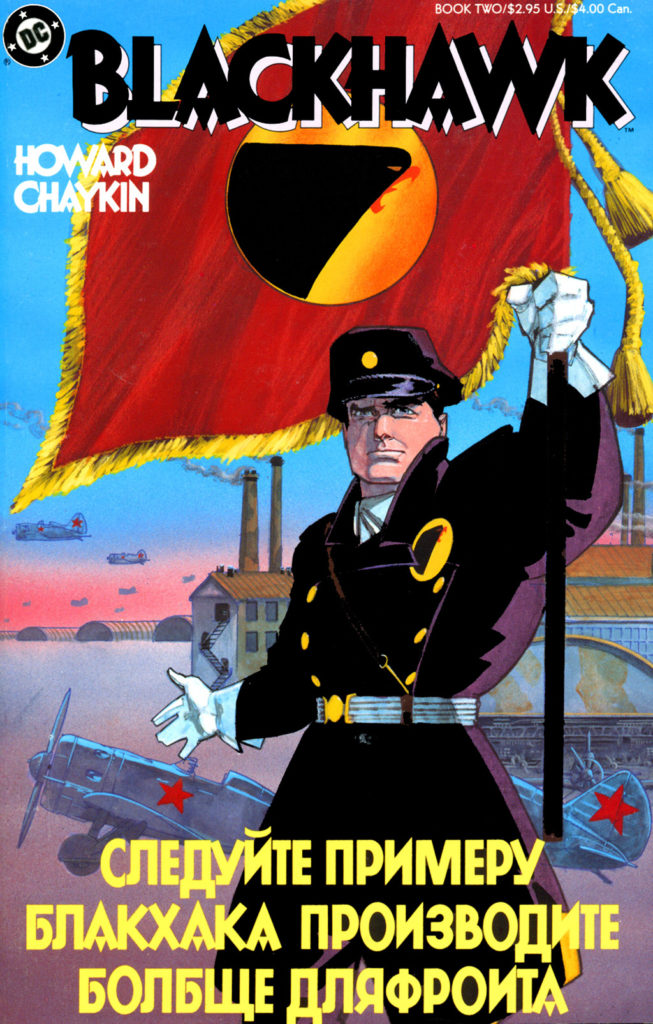Rodney Ramos — Flash Back
The Flash of Two Worlds — DC Comics Classics Library, 2009

The Flash TV series (CW) explores DC’s multiverse legacy in creative and often reverential ways. Today’s post, along with the next two, feature “The Flash of Two Worlds.”
Flash #123, “The Flash of Two Worlds” is one of the most important comic book milestones of DC’s silver age, establishing the DC multiverse and paving the way for countless crossover storylines that ultimately lead up to 1985’s Crisis on Multiple Earths. Its 1961 cover follows as one of the most iconic images of the era.
But, when DC went to reprint the earliest Flash crossover stories in a special collection, the original art and layout didn’t quite work within the new cover design.
So, the editors turned to the very talented (and very underrated) Rodney Ramos to recreate (and reconfigure) the iconic imagery, in the Infantino/ Murphy Anderson “style.”
He nails it — and you could be headed for a career in the FBI’s counterfeit investigations unit if you can immediately tell the published cover is not Infantino / Anderson.
(As seen below, the final published piece crops the image significantly, and also digitally manipulates the two Flashes even closer together.)













